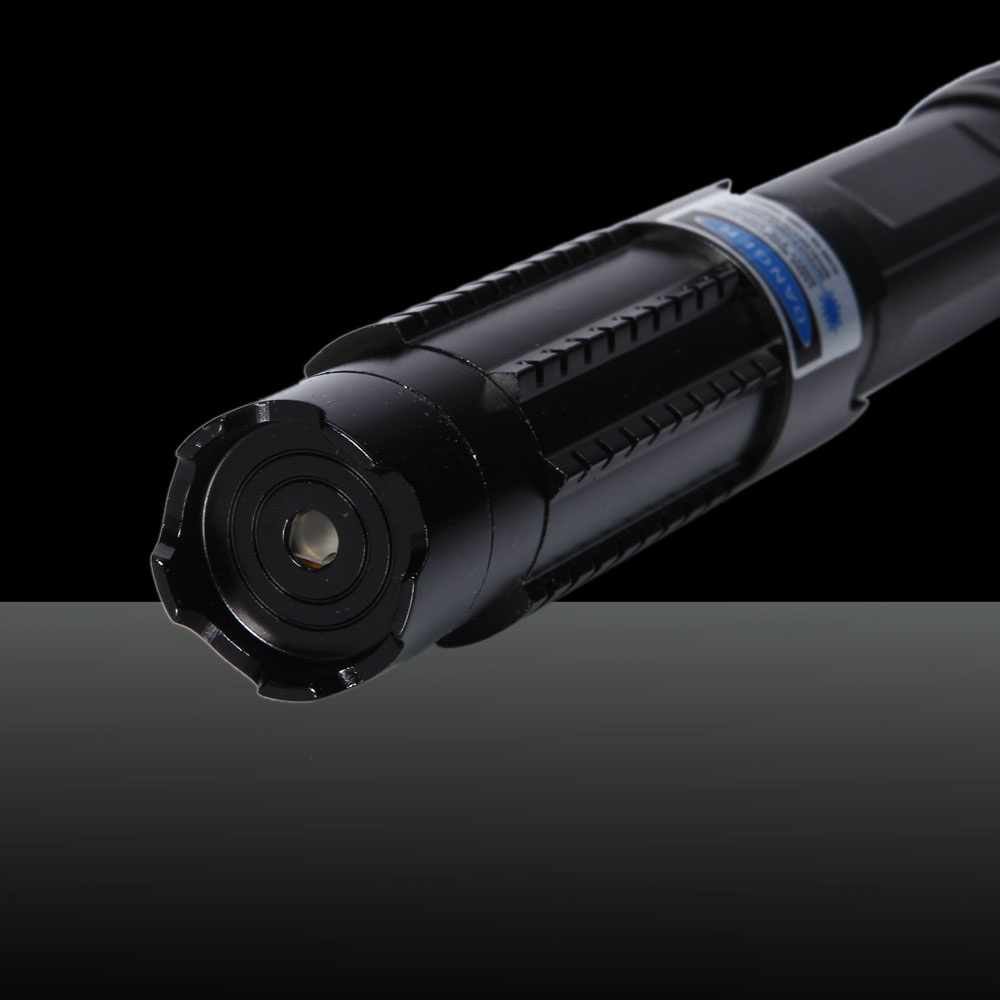In a data center computer room, hundreds or thousands of fiber optic cables "enclosed" the server rack. Why not drop all these cables and install an infrared laser on the top of each server rack? However, we can also install light-sensitive receivers on more racks to receive the data sent by the laser pointer, and then place some small movable mirrors to change the direction of light emission, and then realize the reconfiguration of the entire system in an instant.
The above description is not whimsical, but the current ongoing research by a professor of electrical engineering at Pennsylvania State University. His research team has built a prototype system for this infrared laser data transmission mode in the laboratory. The professor made an analogy: "The existing data center is chaotic like a jungle, with countless fiber cables between servers." He hopes that one day, this laser can replace the fiber optic cables common in modern data centers.
In fact, it is already common to use infrared signals to transmit data in fiber optic cables, but what I want to do is directly transmit data in the air using infrared signals. With the system he designed, infrared lasers can transmit data at 10 gigabits per second. He named the system "Firefly". Fireflies can communicate through flashes, and the name of the system is derived from this.
The professor has published many articles on this new method and demonstrated the latest research results at the Western Photonics Exhibition in San Francisco recently. In the demonstration, the laser generated an infrared signal with a wavelength of 1550 nanometers-this is the common wavelength of fiber optic cables. Then, he "wavelength division multiplexed" the signal. This technique can combine signals of different wavelengths into the same laser. After that, he transmitted the laser through a low-cost lens.
About 15 meters away from the first lens, he placed the second lens and several photodiode receivers. In order to control the direction of the laser, Kavehrad also used some small mirrors; these mirrors are only 2 mm in diameter and are powered by a microelectromechanical system (MEMS). The data link he conceived is bidirectional-both ends can send and receive data.
Two different microelectronic devices with micro-mirrors installed, one for infrared green laser pointer positioning and one for transmitting signals. In addition, the team successfully transmitted TV signals with the same equipment. They input 1 gigahertz cable TV signal into the multiplexer; in this way, the TV signal and other data will be transmitted by the same laser. At the other end, they put an LED TV to watch the received TV channels.

